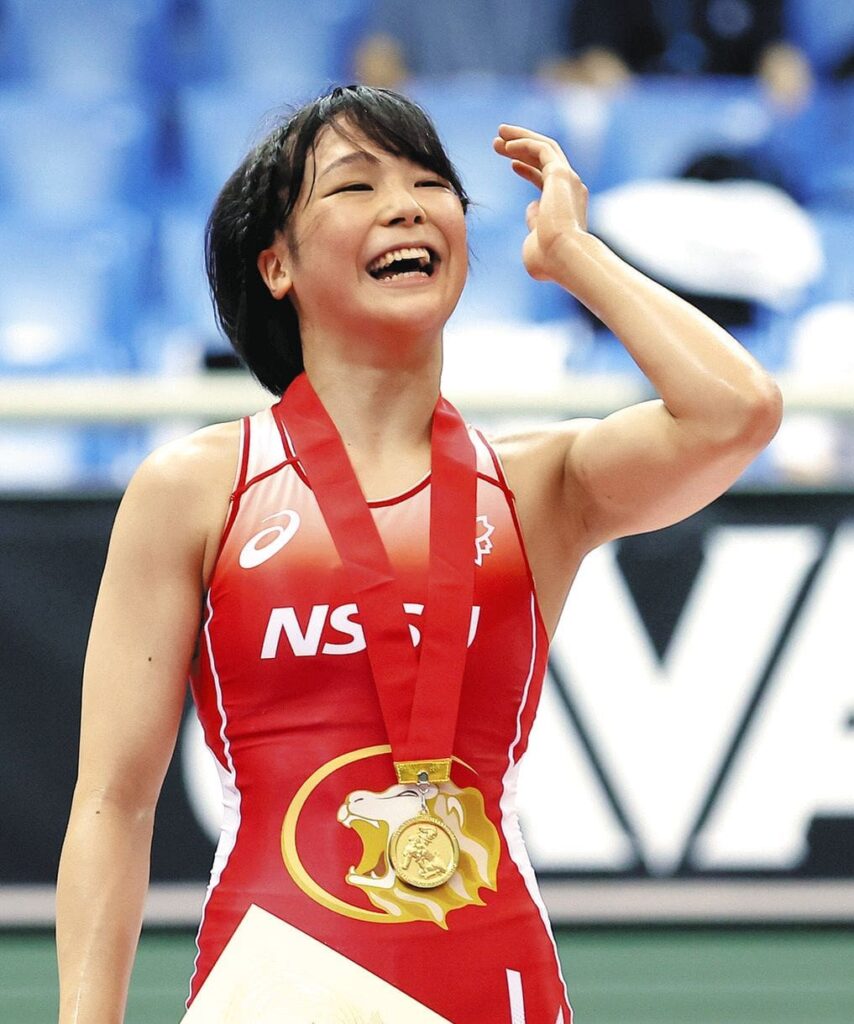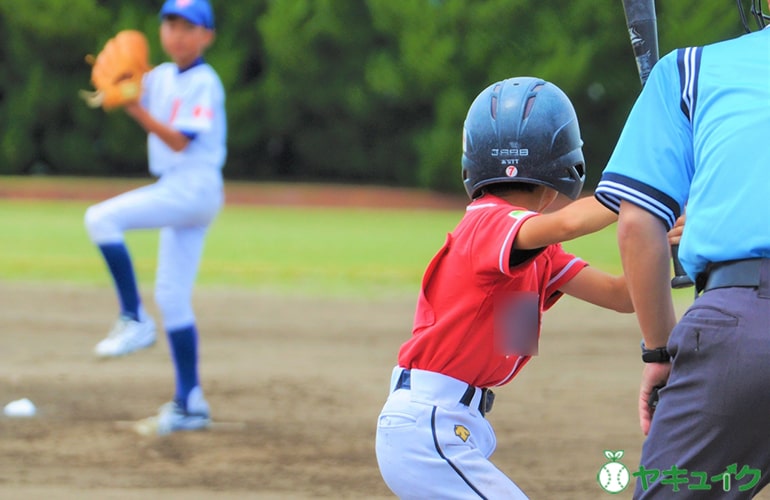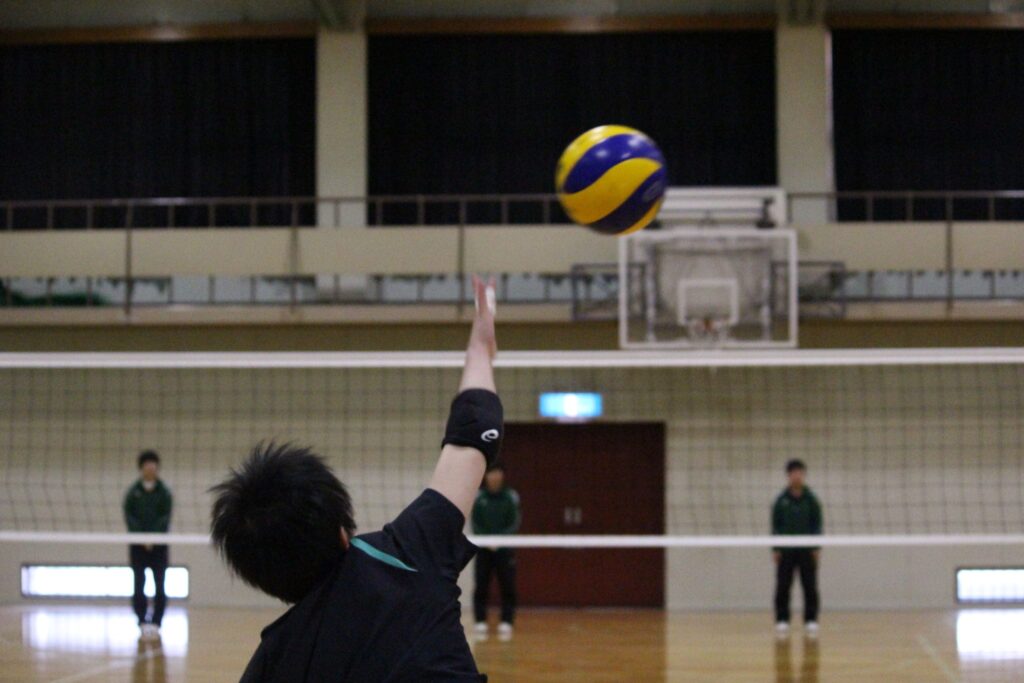
Obtaining the first dan in Kendo is a major milestone for a Kendo practitioner.
Promoting to Shodan is an important step in not only mastering the basic techniques, but also demonstrating that you can understand and practice the spirituality and etiquette of Kendo.
However, in order to aim for Shodan, it is essential to meet specific exam qualifications and to be diligent in preparation.
In this article, we will start with basic information about the qualifications for taking the 1st dan exam in kendo, and will explain in detail the important points that kendo practitioners should know when taking the 1st dan exam.
Of course, it is important to understand not only the qualifications for taking the exam, but also the process of the exam and how to prepare for passing, so that you can perform at your best on the day of the exam.
目次
Basics of Kendo First Dan Entrance Examination Qualifications
Obtaining the first dan in Kendo symbolizes the first step as a swordsman, demonstrating both technical mastery and readiness to understand and practice the spirit of Kendo.
The qualifications for taking the exam are extremely important when attempting to become Shodan, and meeting these conditions is a prerequisite for becoming eligible to take the exam.
Here, we will explain in detail the basic conditions and qualifications required to take the Kendo Shodan exam.
Eligibility requirements
-
Affiliated organization eligibility requirements :
- Candidates must belong to an organization that is affiliated with the International Kendo Federation (FIK) or their country’s Kendo federation. Each organization may have different eligibility requirements, so be sure to check your organization’s regulations.
-
Practice history :
- In many cases, a certain period of Kendo practice history is required for the Shodan entrance exam. For example, in order to take the exam for promotion from 1st grade to shodan, it usually takes 6 months to 1 year of practice after obtaining 1st grade.
-
age :
- There are usually no age restrictions, but for young swordsmen, not only their technique but also their understanding of kendo and their mental maturity will be judged.
-
Recommendation :
- Some organizations may require a recommendation from a master or dojo director to qualify for the exam. This nomination demonstrates not only technical ability, but also ethical and spiritual maturity.
Preparation for the exam
- Mastery of basic techniques :
- It is important to hone the basic Kendo techniques, forms, and ability to handle matches. Strive to reach the technical level required for the exam through regular practice and repeated practice.
- Understanding the principles and etiquette of Kendo :
- Kendo is a martial art that emphasizes not only technique but also mental education. Promote your spiritual growth by learning the principles and etiquette of Kendo and incorporating them into your daily practice.
In order to qualify for the Kendo Shodan exam, you must meet these basic conditions.
In addition to improving technical ability, it is also important to understand and practice the spirit of Kendo.
Check your organization’s specific requirements to ensure you are fully prepared for the exam.

Flow of the first stage exam and examination content
The Kendo Shodan Examination is an important test that evaluates whether a swordsman has mastered the basic techniques and spirit of Kendo.
Through this exam, candidates demonstrate their basic understanding and practical ability in Kendo.
Below, we will explain the general flow of the Shodan exam and the specific content that will be examined in the exam.
General flow of the exam
-
Application for examination :
- Candidates apply for the exam through their kendo organization. To apply, you may be required to submit required documents, such as letters of recommendation and certificates from past dan exams.
-
Preparation before the exam :
- Once the exam date has been decided, candidates will prepare according to their kata, competition techniques, and examination items.
-
On the day of the test :
- On the day of the test, you will first register, listen to an explanation of the test, and then take the practical test. Examinations generally include kata demonstrations and live combat-style competitions.
Examination content
-
Shape :
- Kata is an important element that embodies the technique and spirit of Kendo. Candidates are required to perform the designated forms accurately and with fluid movements.
-
Basic technology :
- The basic techniques of Kendo, such as the accuracy of strikes, the use of foot techniques, and posture, are evaluated comprehensively. This includes attacking spirit and defensive techniques.
-
Match (match) :
- In the actual competition, examinees are judged on their offensive and defensive judgment, tactical adaptability, and courtesy towards their opponents. In competitions, not only the technique but also the attitude toward practicing the spirit of kendo is an important evaluation point.
-
Mental evaluation :
- Kendo is not just a technical martial art. The examinee’s attitude toward Kendo, concentration, and mental maturity will also be evaluated.
In the Kendo first-dan exam, examinees’ understanding of the basics of Kendo and their ability to put it into practice is evaluated through these examinations.
Candidates are required to prepare not only technically but also mentally for the exam.

Preparation to meet exam qualifications
In order to qualify for the first dan exam in Kendo, you need not only technical preparation, but also mental growth.
Kendo is not just a martial art that competes in technique; spirituality and etiquette are also valued as important elements.
Below, we provide advice on how to prepare to qualify for the Shodan exam and the techniques you should master before taking the exam.
technical preparation
-
Acquisition of basic techniques :
- The basic techniques of Kendo, especially the precision and power of striking, foot movement, and correct posture, are essential to success in the exam. Focus on practicing these basics in your daily practice.
-
Shape practice :
- The form embodies the technique and spirit of Kendo. Practice on a daily basis so that you can perform the designated forms fluidly and accurately.
-
Accumulation of match experience :
- Experience in real-life matches improves interpersonal skills and psychological response abilities. It is important to gain competitive experience both inside and outside the dojo.
mental preparation
-
Understanding the principles and etiquette of Kendo :
- Learn the spirit of Kendo and put it into practice in your daily practice and life. An attitude of respecting civility will also leave a good impression on the examiner.
-
Strengthening concentration and mental power :
- Exams and competitions require a high degree of concentration. Practice meditation and breathing techniques to develop your mental strength.
-
Maintaining the right mindset :
- Your attitude toward the exam is also an important evaluation target. Always remember to remain humble and keep asking yourself the significance of taking on challenges.
Accepting ongoing feedback
- Actively seek guidance and advice from your master and senior swordsmen, and take their feedback seriously. Obtaining an objective evaluation of your own technical and mental growth is extremely effective in preparing for the event.
Preparing to qualify for the Shodan exam is a comprehensive process that includes not only technical improvement but also spiritual growth.
Through daily practice, strive to deepen your Kendo techniques and spirit so that you can take on the Shodan Exam in optimal condition.

How to prepare and prepare for the exam day
The first dan exam in kendo is an important opportunity to stand on a new starting line as a swordsman.
When taking this important exam, proper preparation and specific preparation are the keys to passing.
Below, we will explain in detail what to keep in mind on the day of the exam and effective strategies for passing the exam.
What to prepare for on the day of the exam
-
Stay calm :
- Stay calm under exam pressure. Find ways to calm yourself down, such as by taking deep breaths.
-
Remember to be polite :
- Manners are very important in Kendo. Always try to be polite to the examiner and other test takers.
-
have confidence :
- Believing in the results of your long preparation, you will face the exam with confidence. It’s important to believe in your abilities, even if you feel anxious.
Effective measures to pass the exam
-
Reconfirmation of exam content :
- Before the exam, review the exam process and review content to clarify what is expected of you.
-
Check the preparations :
- Check in advance to make sure you have all the tools and equipment you need for the exam to make sure you don’t forget anything. Make sure that your gi and hakama are clean and well-maintained.
-
Adequate rest and nutrition :
- To be in the best possible condition on the day of the exam, get enough sleep the night before and eat a well-balanced meal.
-
Warming up :
- Before the exam, warm up with some light physical activity to get your body and mind into exam mode.
-
Have a positive mindset :
- Keep a positive mindset during the exam and give your best in every swing. Don’t be afraid of failure and show off your Kendo skills to the fullest.
The way you prepare and prepare on the day of the exam is directly linked to your success on the exam. Face the exam calmly and confidently, believing in the skills and mental strength you have cultivated throughout your preparation period.
We hope that your 1st Dan exam, which is a new milestone in your Kendo life, will be a fulfilling one.

Steps after passing: Path after obtaining Shodan
Obtaining the first dan in Kendo means a new beginning as a swordsman.
Obtaining Shodan does not mean the end of your learning; rather, you should think of it as the starting point of true learning.
The following is a summary of the growth path that awaits you after obtaining your first dan, as well as advice for taking on the challenge of achieving a higher dan.
growth path
-
Continuous technical refinement :
- Even after obtaining the first dan, continue to refine your basic skills and learn new techniques. Improving technique is an eternal challenge in walking the path of Kendo.
-
Deepening of shape :
- The philosophy and techniques of Kendo are condensed in the form. By deepening your practice of kata, you can improve not only your technique but also your spirituality.
-
Learn by teaching :
- Obtaining Shodan is also your first step as an instructor. Deepen your understanding and hone your teaching skills by teaching your juniors.
Advice for challenging yourself to a higher level
-
goal setting :
- Set specific goals as you aim to advance to the next level. Clarifying your goals gives meaning and direction to your daily practice.
-
Improving the quality of practice :
- Pay attention not only to the quantity of practice, but also to the quality. We focus on each movement and strive to practice with high quality.
-
Have a wide perspective :
- It is also important to interact with other schools and other martial arts. By experiencing different techniques and ways of thinking, you will have the opportunity to gain a deeper understanding of your own Kendo.
-
Balance of mind and body :
- It is not only important to improve your technique, but also your mental and physical health. Eat a balanced diet, get enough rest, and do moderate physical training.
-
Actively challenging the exam :
- It is important to have an attitude of actively taking on challenges in preparation for the next stage exam. The exam is a good opportunity to reconsider your own kendo.
After obtaining Shodan, there are many opportunities for further personal growth through Kendo.
In addition to improving your technique, gaining a deep understanding of the spirituality of Kendo and applying that spirit to your daily life will help you mature as a swordsman.

summary
Obtaining the first dan in Kendo is just the beginning of a long journey as a swordsman. This journey aims for greater heights through a process of mastering skills, deepening spirituality, and self-growth.
In this article, we will explain in detail the important steps to grow as a kendo practitioner, from the qualifications for taking the 1st dan kendo exam, the process of the exam, the content of the examination, how to prepare and prepare for the exam, and the path to growth after obtaining the 1st dan. Did.
Learning basic skills and preparing mentally are essential for taking the Shodan exam, and having the right mindset on the day of the exam is also the key to success.
Furthermore, after obtaining the first dan, it is essential for one’s growth as a swordsman to further refine one’s technique, deepen one’s kata, master teaching techniques, maintain one’s physical and mental health, and take on the challenge of attaining the next dan.
Kendo is a path of deep learning and self-development that goes beyond simply winning or losing as a competition, and acquiring the first dan is proof that you have started on that path of learning.
What you learn in the process of aiming for Shodan, and the growth you experience after obtaining Shodan, will be valuable assets that you will gain through Kendo.
As you progress on your path as a swordsman, you must always maintain a humble heart, deeply understand the philosophy of Kendo, and work hard at daily practice. This will pave the way to becoming a true swordsman.





